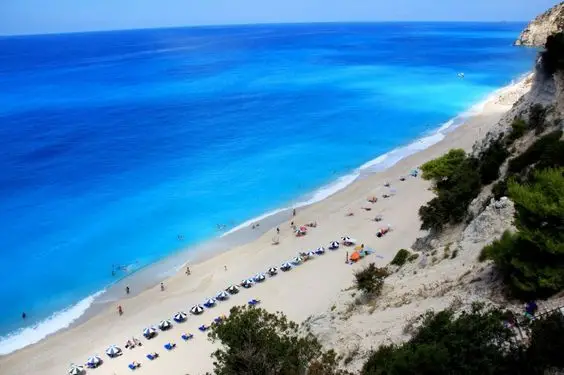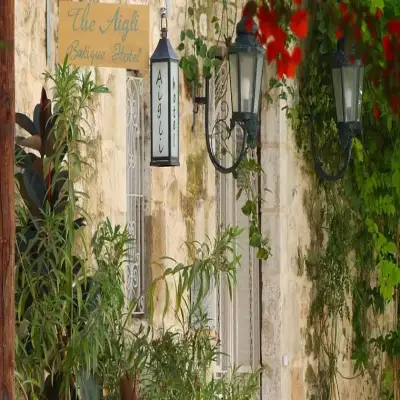
Boutique Hotels in Lefkada
Except Lefkada, the Eptanisa are made up of Zakinthos, Kefalonia, Kerkyra, Paxi, Kythera and Ithaki. Lefkada is the fourth largest Greek island, after Zakynthos, Kefalonia and Corfu. Its capital city is also called Lefkada.
The most important sights
Apart from crystal clear blue sea and spectacular beaches, there are numerous other attractions in Lefkada including plentiful natural beauties, historic sites, museums and monasteries, and most important must see of the Lefkas island include: Nydri; the mediaeval Venetian castle of Agia Mavra; prehistorical city of Nirikos; Lefkata cape; Monastery of Faneromeni,the most important religious centre of Lefkada; the Archeological Museum; Agios Ioanis Antzoussis Church; Waterfalls of Dimosari and numerous other tourist attractions.
Best Beaches
There are a plenty of beautiful sandy beaches on the island, but the most popular include Porto Katsiki, 45km southwest of Lefkada town, near Lefkata cape, accessible by the 347 steps sloping of the mountain and Egremni Beach, located about 30km from Lefkada’s capital, surrounded by imposing cliffs. The both beaches are well organized, with umbrellas, sun beds and beach bars. Other notable beaches on the island include Kathisma, Agios Ioannis, Nydri, Ammoglossa and Poros Beach.
The Villages
Visitors in Levkas shouldn’t miss discovering its lovely mountainous and seaside villages. The main village is Lefkada Town, the capital and administrative center of the island. It’s also the most vibrant town of the city. The other villages are typically tourist resorts that especially come alive during summer months. Some of the most popular Lefkada’s villages include Agios Nikitas, Vasiliki, Kalamitsi and Sivota village.
Traditional Greek Cuisine
Whilst on Lefkada, visitors don’t miss enjoying in traditional Greek specialties. Similar to other greek islands, on Lefkas visitors can try authentic local dishes like savoro, aliada, bakaliaros, maridopita, bourdeto, frygadeli and miscellaneous pies.

